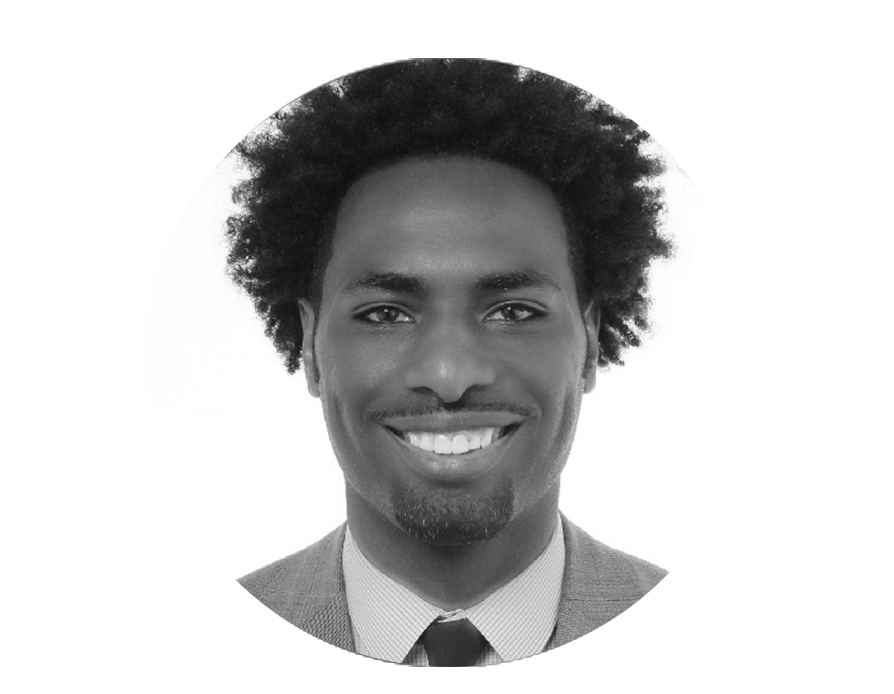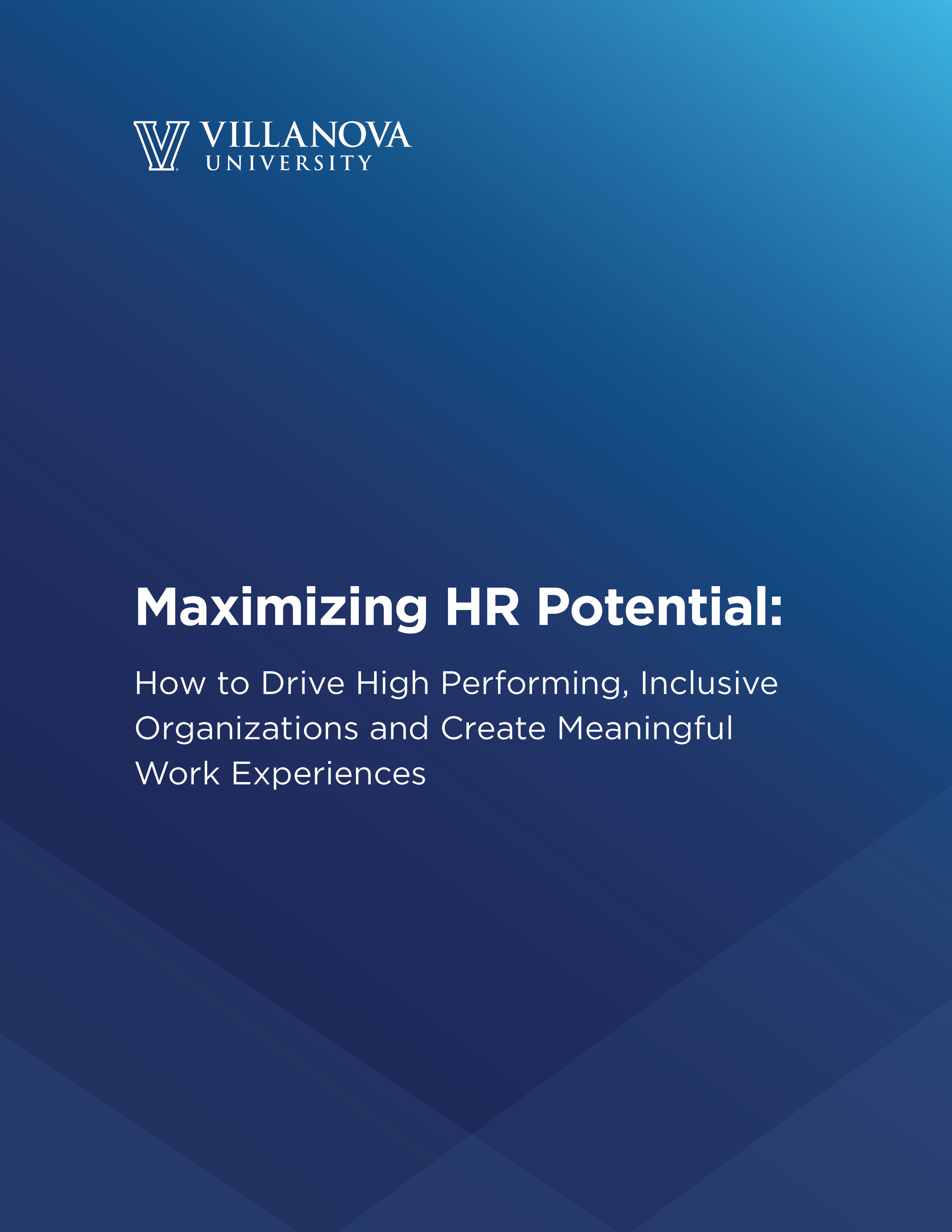Driving Inclusive and Diverse Organizations

Last Updated April 8, 2024
Inclusion, as it applies to business, is more than having a demographically diverse employee roster. It’s more than appointing a woman to the C-suite or a person of color to the board of directors. It’s more than a seminar in which employees are encouraged to respect co-workers regardless of race, gender, sexual orientation or other differences.
Inclusion is good for business. It’s also the right thing to do. Being the right thing to do, though, isn’t necessarily inclusion’s strongest selling point to businesses.
“If you lead with ‘It’s the right thing to do’ in a business setting, I think you miss an opportunity to get a deeper level of buy-in,” said Jameel Rush, PHR, SHRM-CP, President of the Philadelphia Chapter of the Society for Human Resource Management (SHRM). Rush also is the Vice President for Diversity and Inclusion at Aramark, and an adjunct professor at Villanova University, where he teaches Diversity in a Global Economy.

“Inclusion makes business sense. There is a ton of research … that shows that diverse teams outperform homogenous teams by leaps and bounds, and that organizations that have gotten diversity and inclusion right outperform their peers on the Fortune 500.”
– Jameel Rush, PHR, SHRM-CP, President of the Philadelphia Chapter of SHRM, Vice President for Diversity and Inclusion at Aramark, Adjunct professor at Villanova University
Stressing the “right thing to do” angle can also lead organizations to diversify in a superficial way that drives neither inclusion nor better outcomes.
“I call it the ‘We’ve got one’ phenomenon,” said Dr. Quinetta Roberson, Former Professor of Management at Villanova University. Roberson spoke about diversity and inclusion during an interview for “HR Tea,” the podcast of Villanova University’s HRD Corner Blog, for its Graduate Programs in Human Resource Development.
“It’s diversity for the sake of diversity,” Roberson said, when an organization makes a promotion or appointment so “they can now say to news outlets, ‘We have a COO who’s a person of color.’”
Creating Better Business Outcomes
Diversity has been shown to have a positive impact on business outcomes. Management consultants McKinsey & Company’s report, “Why Diversity Matters,” found that companies in the top 25% for gender, racial and ethnic diversity were more likely to have financial returns greater than the national industry median.
As the population grows more diverse, diversity isn’t just an enlightened business practice. It’s an essential one.
In a 2018 SHRM article titled, “Building a Business Case for Diversity and Inclusion,” Lesley Slaton Brown, Chief Diversity Officer for HP, called diversity “a business imperative” that should be part of everything the company does.
Valuing differences, Brown said in the article, helps organizations engage and retain talent, as well as enabling HP to better service customers from a diverse range of communities.
Hiring a diverse staff, however, is only part of the solution. According to Rush, it’s inclusion that drives those positive results.
“We use those terms, inclusion and diversity, interchangeably at times but they’re actually two very separate pieces of the work,” Rush said. “Diversity is the mix of individuals. Inclusion is how you make that mix work.”
“Adding diversity to a team isn’t what drives better outcomes,” Rush said. “It’s adding diversity and making sure you can leverage the different points of views and different perspectives to work toward a stronger solution. That’s what adds to the better business results.”
Practicing Diversity and Inclusion in the Workplace
The make-up of an organization should reflect the community in which it operates, Rush said. Communities increasingly include a wide range of ethnicities, nationalities, religions, sexual orientations and gender identities. Some members of the organization may be unfamiliar or uncomfortable with co-workers with different backgrounds, consciously or not.
Few people will take an overt stand against diversity in their workplace, and fewer are completely free of bias toward one group or another. Often, the bias is unconscious.
Having biases doesn’t make one a bigot or bad person, Rush said.
Bias, conscious or unconscious, “is a natural part of being human,” Rush said. “We all have unconscious biases that shape the way we deal with the world, and those things are deeply ingrained in us through our upbringing, our cultural heritage and everything about the way we’ve experienced life.”
Dealing with bias is best done without scolding and finger-pointing. It’s more productive, Rush said, to point out the positive benefits of inclusion as well as the drawbacks of not being inclusive. For example, a team that lacks female mangers can make it difficult for the organization to recruit female talent, Rush said. He points out that professionals with different racial and cultural backgrounds must find an organization’s atmosphere welcoming, or the organization soon will have trouble filling positions.
Diversity training can be helpful, but only if it addresses the reality of the workplace, Roberson said in the HR Tea podcast. Classes that only offer platitudes about respecting others do little except create what she calls “Kumbaya” moments with little lasting value.
Some organizations have instituted unconscious bias training to more directly address issues that can cause friction in the workplace. According to Slaton Brown in the SHRM article, training can prepare participants to mitigate bias, lead inclusive discussions and cultivate a mindset of growth for themselves and their teams.
Creating an inclusive environment assures that the entire organization feels valued and supported in order to do their best work.
People need to “feel they can bring their whole selves to work,” Rush said, “in an atmosphere that values their engagement and desire to be a part of our organization, regardless of who they are or what their background is.”
Inclusivity Drives Business Forward
Inclusion is a vital part of Villanova’s Master of Science in Human Resource Development program. The mission of the program is to develop global thought-leaders in human resources who drive high performing, inclusive organizations and create meaningful work experiences.
“I hope that the biggest takeaway for students in the MSHRD program is that they understand the importance of creating inclusive organizations, they understand the importance of supporting employees throughout all parts of their employment journey at their organization, and how those pieces that we control in HR matter to the bottom line of the business, and help make organizations better,” said Bethany Adams, MA, SHRM-SCP, Associate Director in the graduate programs in Human Resource Development at Villanova and host of the HRD podcast.
“When people feel supported, they’re more motivated to do better work, and that better work drives our organizations forward. It’s how we support our employees in creating inclusive organizations, that makes the work they do meaningful for them,” Adams said.
Maximize Your HR Potential
Learn how to drive high performing, inclusive organizations and create
meaningful work experiences with this three-part series.






